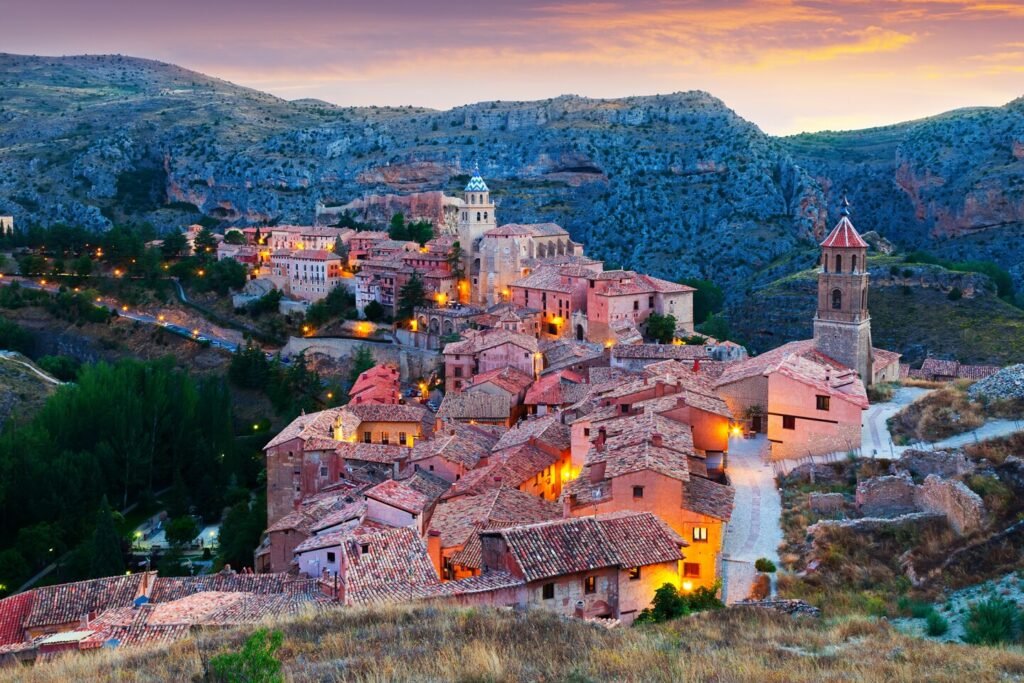The New Trend in Tourism – AUTHENTIC CITIES

n recent years, global tourism habits have undergone a major shift. Once-dominant destinations like Paris, Rome, and New York are now being rivaled by lesser-known cities offering genuine cultural experiences.
What is an “authentic city”?
The term “authentic city” has become a buzzword in the travel industry. It refers to small or lesser-known cities that offer real local culture, traditions, cuisine, and daily life without artificial touristy elements. Everything here feels original – food, crafts, street scenes, and the warm hospitality of locals.
Why are travelers choosing these destinations?
-
Real cultural immersion: Instead of brand-name stores and global chains, travelers prefer local markets and homemade food.
-
Crowd-free atmosphere: Authentic cities provide a calm and relaxing travel experience far from tourist crowds.
-
Affordable prices: Accommodation, food, and tours are significantly cheaper compared to big-name cities.
-
Unique social media appeal: Younger travelers seek out rare spots for distinctive photos and stories.
Examples of authentic cities:
-
Albarracín (Spain) – a medieval-looking town nestled in the mountains.
-
Matera (Italy) – ancient cliffside homes protected by UNESCO.
-
Kutaisi (Georgia) – quieter than Tbilisi, yet rich in history and flavors.
-
Sheki (Azerbaijan) – a hidden gem with unique architecture, sweets, and folk art.
A pillar of sustainable tourism
Authentic cities are not only different — they support sustainable tourism by directing income to local communities and reducing the ecological and social pressures of mass tourism.
Conclusion:
Travel is evolving. Tourists now want to not just see, but also feel and live their experiences. Authentic cities are quickly becoming one of the most promising trends in modern tourism.

Comments